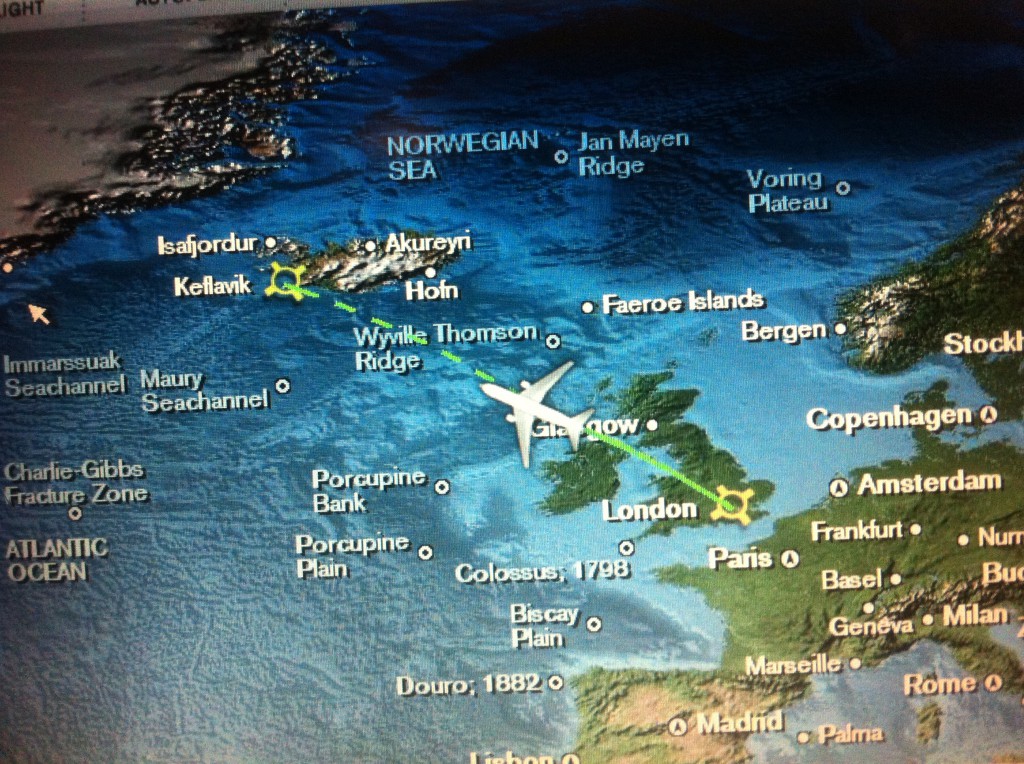On Saturday May 17th 2014 we left very early towards Iceland. Sergio was going to present his doctoral thesis (Ph.D.) and I was accompanying as one of its Directors. We arrived late at night and we lost a suitcase.
Our goal was to present for the second time Sergio´s Ph.D., the first in Spain and the second was for a double degree through an Agreement between the University of Extremadura and the University of Iceland (háskóli Islands). Of the other two directors of the doctoral thesis, one Jón Atli Benediktsson (Pro-Rector of Academic Affairs) our host would see on Monday May 19th in the morning before the presentation (in the afternoon) and the other Antonio Plaza arrive on Sunday afternoon.
The stay was very short in Iceland only two days (4 nights), one day for tourism (Sunday 18 May) and one for presentation at the university (Monday 19 May).
In the following map you can see the pre-scheduling of Sunday 18 May in the south of Iceland to the Glacial Lagoon (Jokulsarlon). In total nearly 1,000 km round trip.
Reikjavik morning proved to be a very green, neat and clean city, all very tidy. We rented a car for the whole day and just outside Reykjavik, the landscape was very different from anything I had ever seen. Many cars were SUVs with tall and thick wheels.
The first place we visited was a Geysir, exploding every 5 minutes.
Hot water with spectacular explosions:
Many tourists were with their cameras ready, waiting for the Geysir come into action. Very very very hot water running downhill:
Near water, very hard and getting wet as if raining by wind:
Sun, wind and water:
The next waterfall we visited was Seljalandsfoss a little far away, and along the road we ate a couple of the famous Icelandic hot dogs.
Inside cascade making and testing picture compositions:
The third and final waterfall of this day was Skogafoss:
We can see in the photograph the rainbow, mixing the water and the sun …
A panoramical pictures in Skogafoss:
Looking at the sea in the Dyhólaey beach:
And so we came the farthest point of our trip from Reykjavik, the Glacial Lagoon (Jokulsarlon), the largest and most famous glaciar lake in Iceland:
Sun, wind, water and ice:
A panoramical picture of the Glacier lake:
Spectacular!!!
Out of the lake, in the sea, near the Glacier exit, ice blocks on the beach:
A ice block in the sea:

Taking care of the waves:

Back in Reykjavik also snowed:
Sun, wind, water, ice and snow:






















